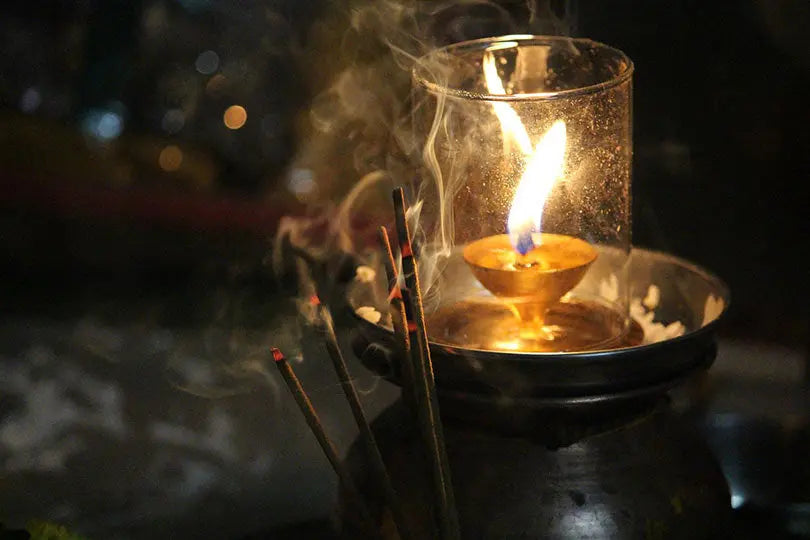
The History of Candles
Share
The History & Uses of Candles
Candles have a fascinating history that dates back over 5,000 years! While their exact origin remains somewhat mysterious, here are some key points:
1. Ancient Egyptians: They are often credited with the earliest use of candles. They made rushlights or torches by soaking the pithy core of reeds in melted animal fat. However, these rushlights didn't have a wick like true candles.
2. Ancient Romans: They developed wicked candles before 3,000 B.C. by repeatedly dipping rolled papyrus in melted tallow or beeswax. These candles were used for lighting homes, aiding travelers, and religious ceremonies.
3. Other Civilizations: Many early civilizations created wicked candles using waxes from available plants and insects. For instance:
○ China: Molded candles in paper tubes with rolled rice paper wicks.
○ Japan: Used wax extracted from tree nuts.
○ India: Boiled the fruit of the cinnamon tree to make candle wax.
4. Middle Ages: Beeswax candles were introduced in Europe. Unlike tallow-based candles, beeswax burned cleanly and emitted a pleasant smell. However, they were expensive and mainly used for church ceremonies.
5. Colonial Times: American colonial women discovered that boiling bayberry berries produced sweet-smelling wax. Yet, extracting the wax was tedious. The whaling industry later brought spermaceti (from crystallized sperm whale oil) as a new candle material1.
So, candles have illuminated our history in more ways than one! 🕯️🌟
Source(s)
1. History - National Candle Association
3. The history of candles: From ancient times to modern-day.
